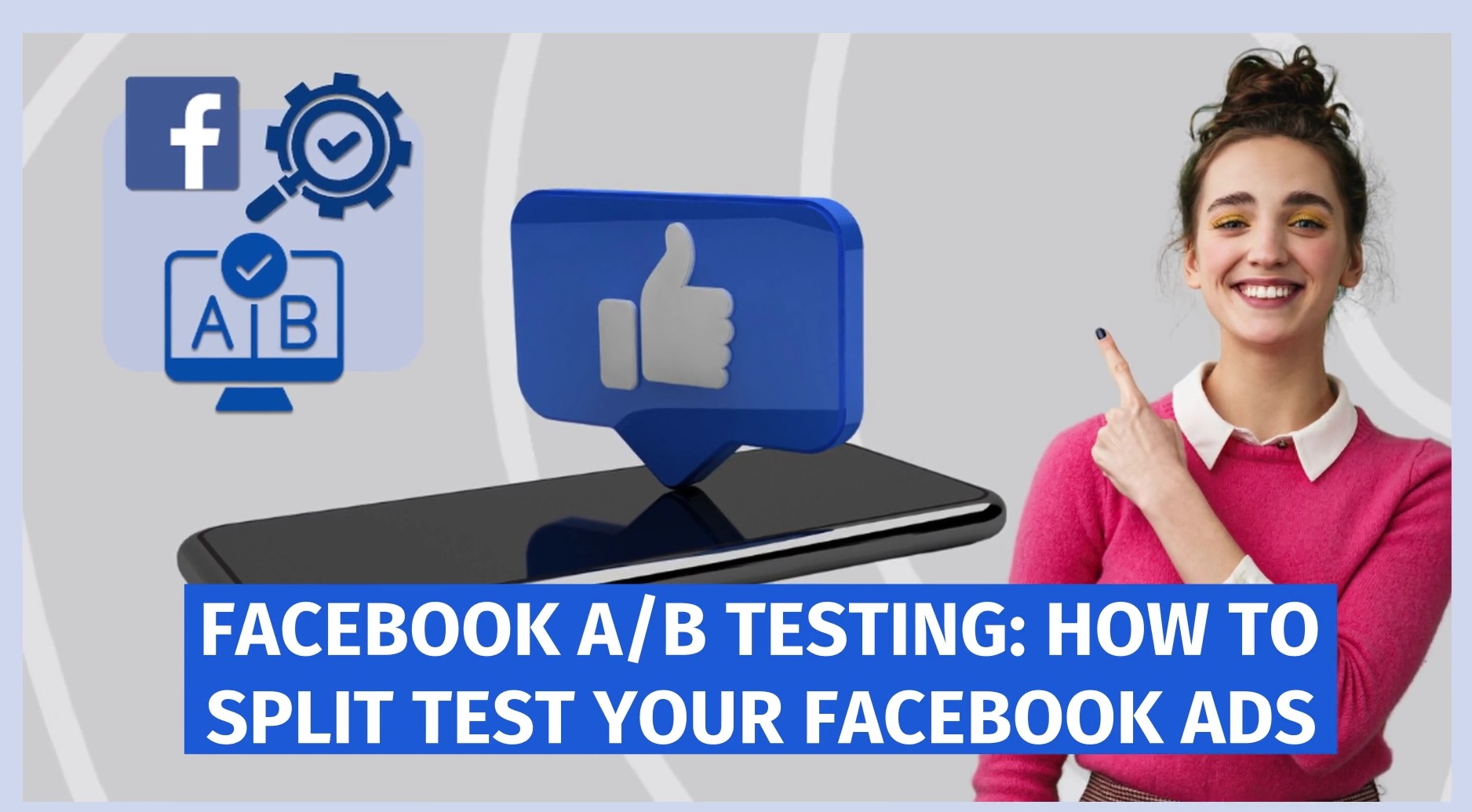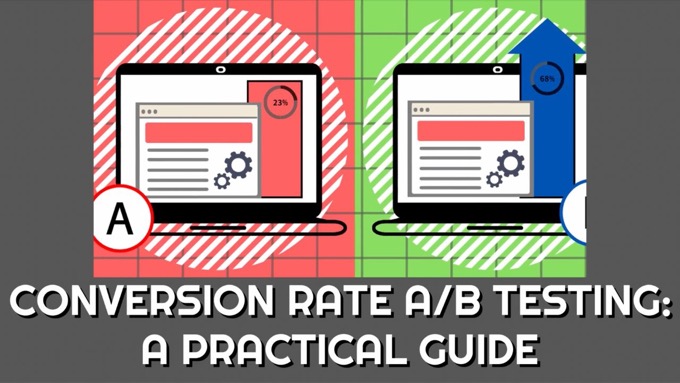Regardless of what you spend on Facebook ads, it's vital to maximize your returns.
And that means... testing!
(Otherwise, you're relying on pure guesswork, which can be a costly mistake to make).
With Facebook A/B testing, you know exactly what resonates best with your audience, because you have the data to prove it!
And that allows you to increase results over time and grow your ROI.
So where do you start?
In this post, you'll discover:
- The importance of A/B testing on Facebook
- Steps you need to take to execute A/B testing effectively
- How you can reduce costs and maximize efficiency in testing
Let’s dive in!
What Exactly is Facebook A/B Testing?
Facebook A/B testing or split testing is a powerful strategy that involves comparing two versions of an ad to see which one performs better.
In brief, it works like this:
- When someone sees your ad, they see either version A or version B
- Once you have enough data, the results are compared to confirm which version performs the best for your goal, e.g. engagement, conversions.

It means you can fine-tune your ads and make decisions based on solid data, rather than simply relying on guesswork.
Facebook A/B testing compares two ad versions to identify which performs better, enabling data-driven decisions over guessworkClick To Post OnWhy Should You Consider A/B Testing?
Getting good results with Facebook ads involves more than just setting up a campaign and hoping for the best.
It means continuously monitoring, testing and optimizing to help drive a positive outcome.
Here’s how using Facebook A/B tests on a continuous basis greatly increases your chances of running a positive campaign:
- Keep on top of Facebook's algorithm—what works today might not work tomorrow. The platform's algorithm can change without warning, impacting your ad's performance. Constant testing keeps you on top of what's working now.
- Grow cost efficiencies—with consistent testing, you learn what either captures your audience's interest or falls flat, giving you insights into your audience that make your ads more cost efficient and effective over time.
- Reach every segment of your audience—different segments of your market are likely to react differently to different types of ad. With testing, you can effectively connect with everyone in your target market.
- Optimize ad elements—by A/B testing, you can determine the most effective variations of different parts of your ad, such as the visuals, headlines, and call-to-action buttons. This gives you ads that are more likely to reach your goals.
- Grow content relevance—A/B testing helps ensure that your content is as relevant as possible for your audience and resonates more strongly. That gives you improved engagement rates, click-through rates, and conversions.
What Can You Test in Your Facebook Ads?
The elements you can test in your Facebook ads are practically limitless, including:
- Elements of the ad itself, such as the visuals, text, and button
- The ad set up, such as where ads are placed, and your targeting settings.
Here’s a detailed breakdown of different elements you can test at each level of your ad campaigns.
Campaign Level
- Objectives—are you aiming for brand awareness or conversions? Testing different campaign objectives can help you determine which aligns best with your overall goals.
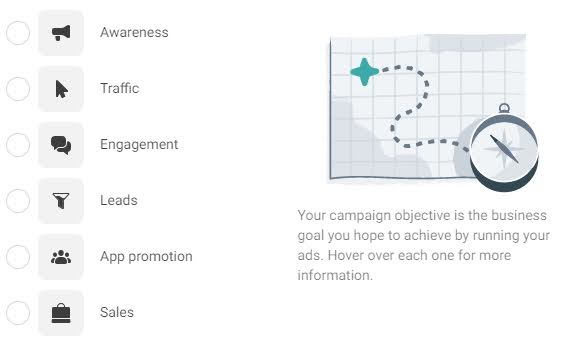
- Budget optimization strategies—experiment by testing Ad Set Budget Optimization (ABO) against Campaign Budget Optimization (CBO). ABO allocates the budget at the ad set level, while CBO optimizes distribution across the campaign. Seeing which one lowers your cost per action while maximizing results can be a game-changer.
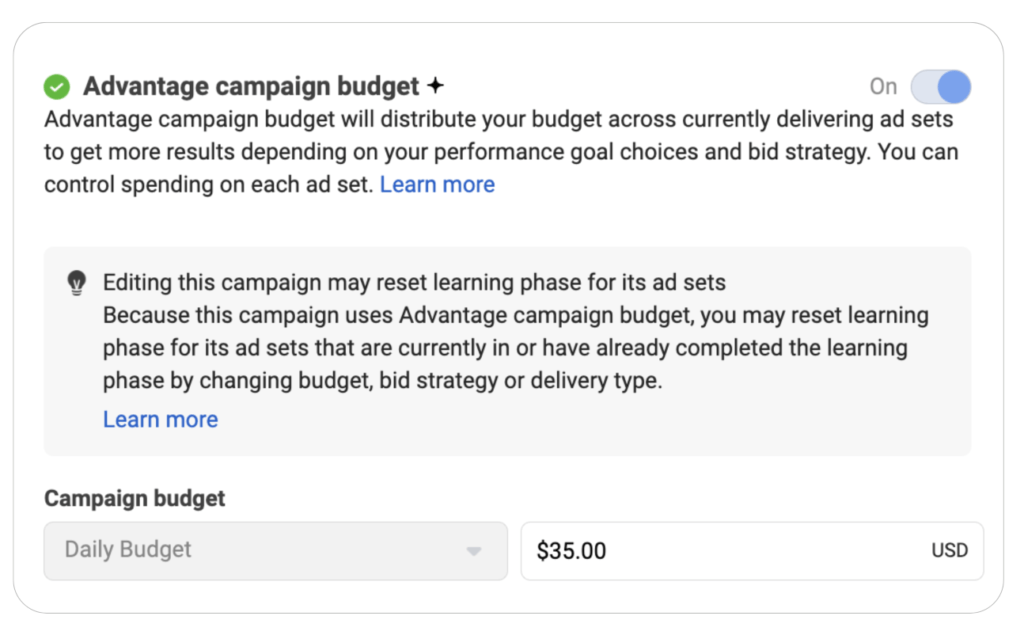
Ad Set Level
- Audience demographics—test different age groups, genders, or other demographic details to identify who is most responsive to your ads in terms of your audience targeting.
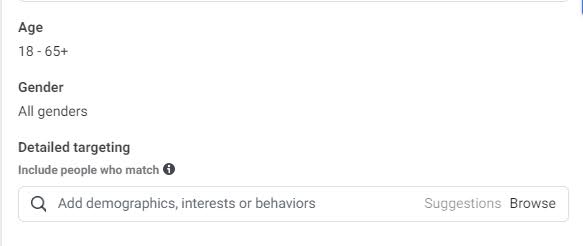
- Ad placements—do your ads perform better in the Facebook newsfeed, Instagram stories, or perhaps in the audience network? Experimenting with placements can have a significant impact on the overall success of your campaign.
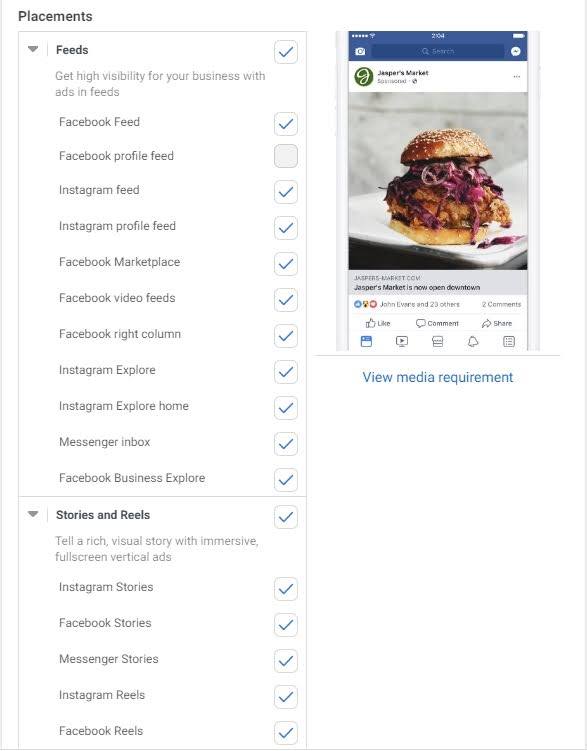
- Bidding strategies—manual bidding vs. automatic bidding. Each has its advantages depending on your campaign goals and scale.
Ad Level
- Headlines and primary text—tweaking the wording can dramatically change how people react to your ads.
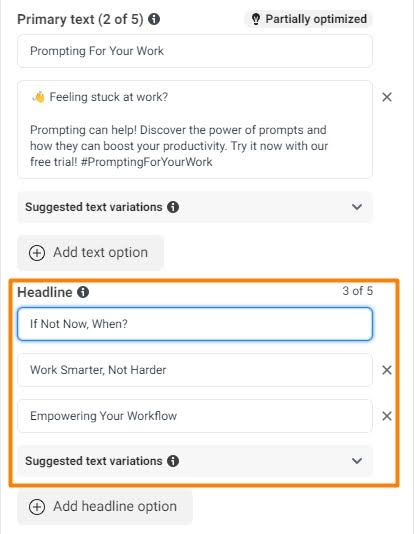
Which headlines capture attention? Which descriptions drive people to act?
-
Creative aspects—this includes testing different formats (e.g. images versus videos), color schemes, and styles. Which visual format tends to engage your audience the most?
-
Call-to-actions (CTAs)—the right CTA can make a big difference. Should you use Learn More, Shop Now, or Sign Up? Each one can lead to different set of results.

-
Product sets for various ad formats—with Carousel or Dynamic Product Ads, testing different groupings of products can indicate what moves the needle most for your customers.
-
Landing pages—the page your visitors land on after clicking your ad matters. While not strictly part of A/B testing within Facebook itself, testing different designs, layouts, and content on the pages people land on after clicking on your ads is vital for improving conversions and overall results.
How to Perform Facebook A/B Testing Effectively
A well-planned split test can drive results and increase ROI — by up to ten times.
Here’s a simple guide on how to conduct a successful split test on Facebook
1. Go To Facebook Ads Manager
First, make sure you're logged into your Facebook account.
Click on Go to Ads Manager. Once on the dashboard, you’ll see tabs for Campaigns, Ad sets, and Ads.
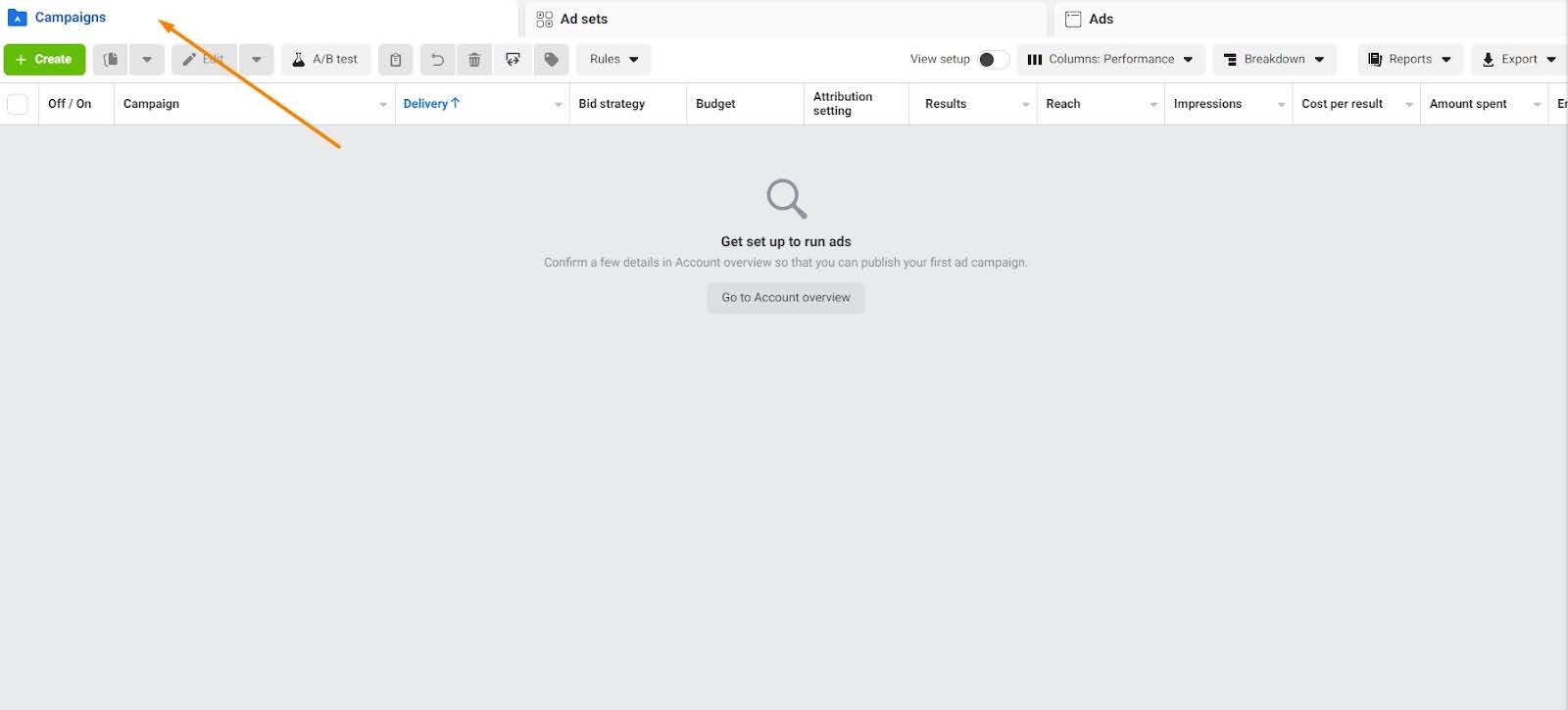
For this example, we'll focus on the Campaigns tab.
2. Choose Your Campaign
Select the campaign you want to A/B test.
If creating a new ad, ensure the A/B test option is turned on within the ad creation process.
Otherwise, pick an existing campaign from the list on the Campaigns tab.
3. Start A/B Testing
In the toolbar, click A/B Test or the beaker symbol. If you don't see it, tap More and then select A/B Test from the drop-down menu.
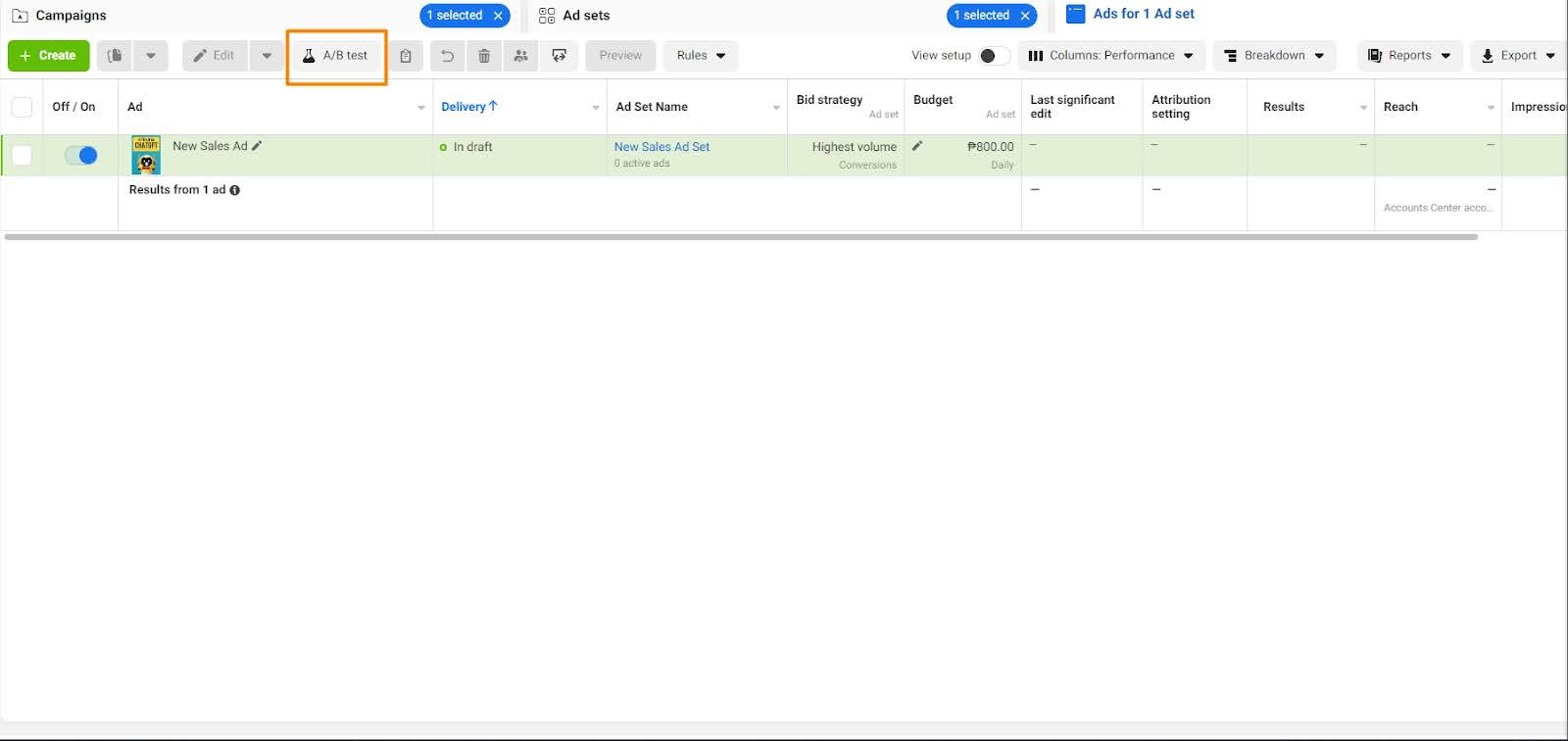
4. Begin the A/B Test Workflow
A pop-up will appear.
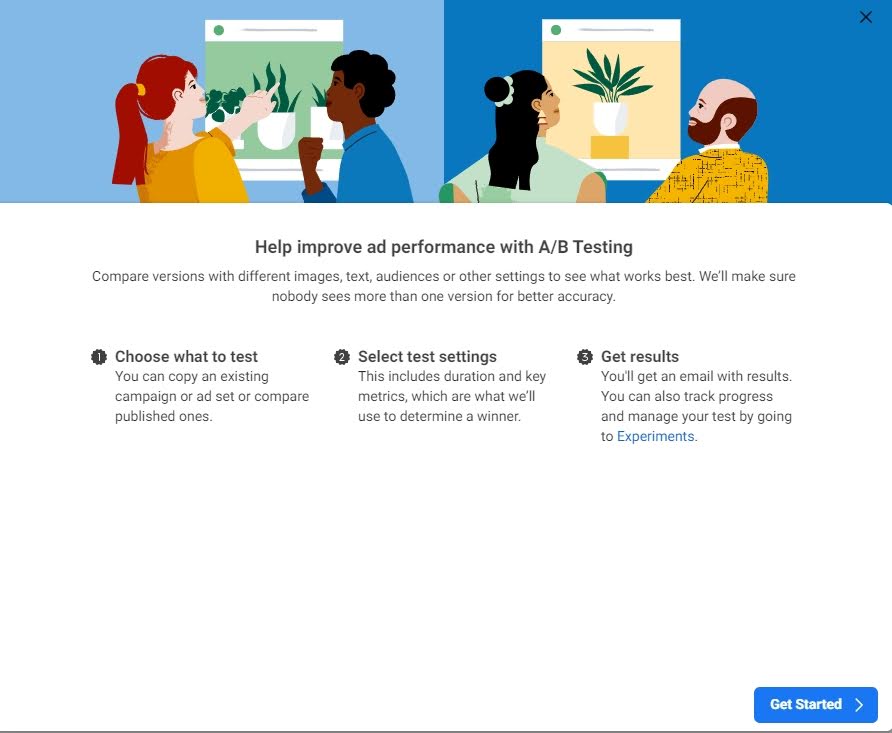
Click Get Started to begin. You can either duplicate an existing ad or choose one you've already made. For this tutorial, we'll select Make a copy of this ad.
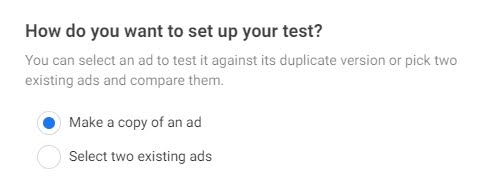
After making your choice, click Next.
Before proceeding, make sure you've already identified your goal.
Consider the following goals along with examples of how you might test for them:
- Get more leads—test a lead generation campaign (generating leads via lead forms within Facebook) versus a traffic campaign that directs people to a lead-focused landing page. See which one gets you more leads for less money.
- Improve click-through rate (CTR)—test different ad texts with the same image. If the CTR is under 1%, it’s likely the appeal your ad has for your target audience could be improved, perhaps significantly. Try new texts or a new audience. The visual your ad uses is generally the lowest hanging fruit, as it’s what first grabs someone’s attention.
- Increase website traffic—to attract more visitors at a lower cost, test one ad optimized for link clicks versus another optimized for page views. See which approach reduces your cost per click (CPC).
- Get more video views—if you want more people to watch the videos in your ads, test different video variations while keeping the ad’s text the same, as well as testing a single video where different texts are used within the ad. Which attracts more views, and keeps people watching for longer?
5. Pick Your Test Variable
Decide which element you want to test. This could include:
- Campaign goals—what is the purpose of your ad?
- Target audience—who are you aiming to reach?
- Optimization methods—how are you planning to deliver the ad?
- Ad details—look at the text, headlines, images, and calls to action.
6. Start Your First Round of Testing
To figure out which ad copy works best, launch two to three ads that are exactly the same except for a single element, such as the copy.
Testing more than one thing at a time means it’s almost impossible to determine which change has impacted the results, unless you have a huge amount of data to work with.
So, unless you’re testing a whole new approach, always focus on testing just a single element at a time.
7. Monitor Results Using Facebook and Your Own Data
Monitor the data as the results come in, but allow things to settle for the first few days. The data can often appear at first to suggest a particular conclusion, but that can soon change with more data
Before making any changes, make sure the ad set has left the Learning Period.
Facebook might start favoring one or two ads based on performance, but remember to check your own data, too.
For example, if Facebook seems to be showing one ad less often, but your data shows it’s getting more clicks or driving conversions at a lower cost, you might need to manually intervene (but only once you’ve got enough data to be able to confirm a particular outcome)! Trust the numbers.
8. Stop Underperforming Ads and Test a New Variable
Once your ads have accumulated enough data and run for at least several days, pause the ones that aren’t doing well. Then, decide what to test next.
For example, if you’ve been testing the copy, you might want to continue drilling down into exactly what type of language attracts the most engagement from your audience.
Or you might decide to start testing the visuals to see which combo drives the most conversions.
9. Keep Testing
Keep testing… but remember to just test one thing at a time.
The more we test, find winners, and tweak our strategy, the better Facebook rewards us — with lower ad costs and higher conversion rates.
Frequently Asked Questions
What exactly is Facebook A/B testing?
Facebook A/B testing compares two ad versions to identify which performs better, enabling data-driven decisions over guesswork.
Why should you consider A/B testing?
Testing various ad elements helps you connect effectively with all audience segments, optimizing engagement and conversions.
What can you test in your Facebook Ads?
You can test elements like visuals, texts, targeting settings, demographics, ad placements, bidding strategies, headlines, CTAs, creative aspects, and more.
How to perform Facebook A/B testing effectively?
To conduct a successful split test: Go to Ads Manager, choose your campaign, start A/B testing, pick your test variable, run tests, monitor results, stop underperforming ads, test new variables, and keep testing.
To Conclude
Facebook A/B testing is vital for improving the performance of your ad campaigns.
So start experimenting, testing different elements to discover what your audience likes best, and drive up your ROI, potentially significantly.
